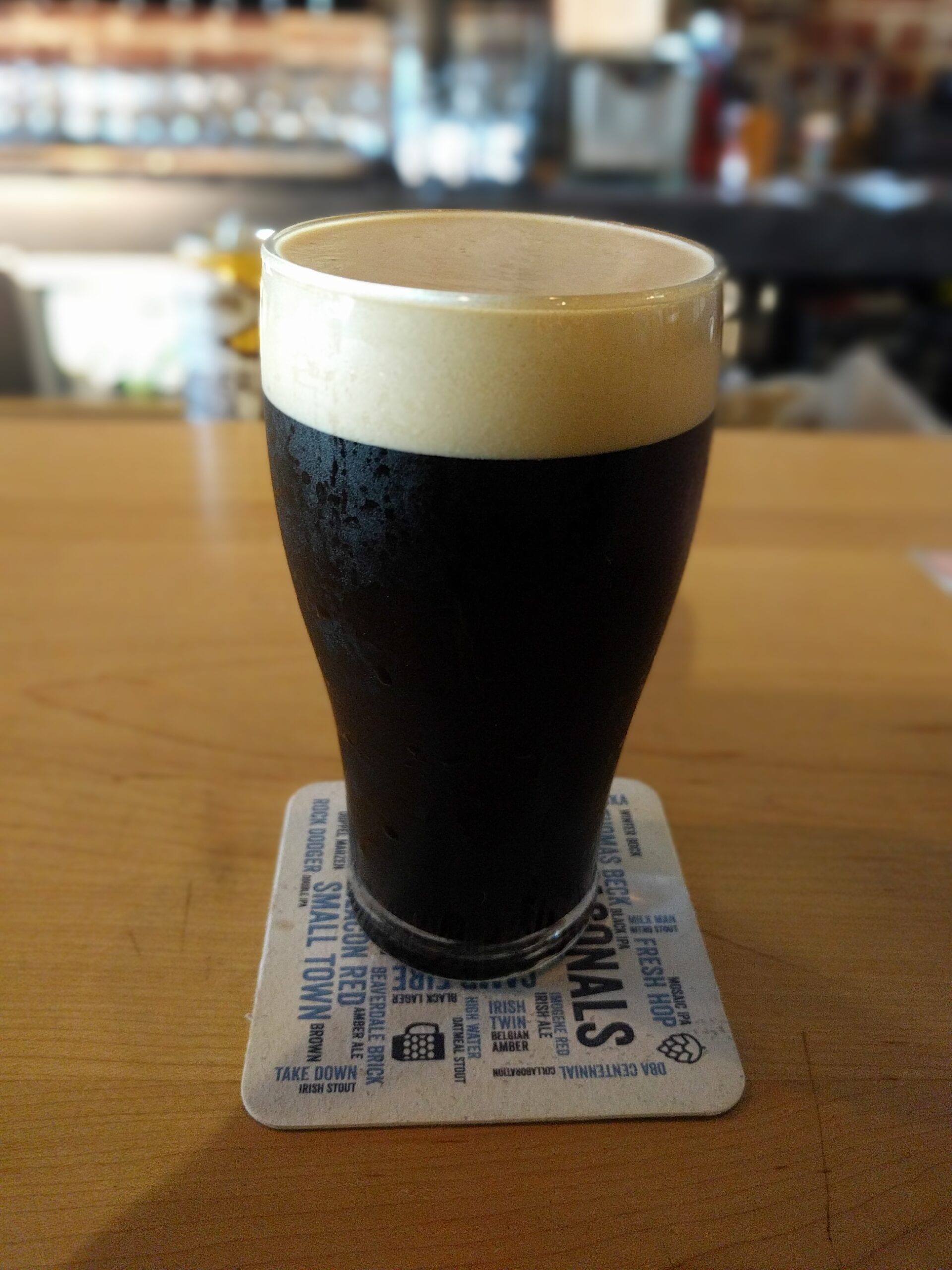What is it?
In homebrewing a hydrometer is a tool, typically glass with a weight in the bottom, that is used to determine the estimated sugar content in a liquid based on the density of the liquid.
Hydrometers can be used pre-boil, during the boil, pre-fermentation, during fermentation, and post fermentation do determine sugar content in the beer.
There are several reasons to take these measurements:
- Post mash gravity.
- Did you achieve the extract efficiency you were targeting?
- Post boil gravity.
- Did you boil off enough water to reach your desired ‘original gravity’ that will be a key data point pre-fermentation.
- Post fermentation gravity.
- Is your fermentation actually done?
- If its still dropping gravity points after consecutive days then its probably not.
- The gravity hasn’t decreased any further. Is this because of a stuck fermentation or the beer is actually finished?
- Is the ‘final gravity’ what was desired for the recipe?
- Is your fermentation actually done?
When the sample to be measured is above 80 degrees F its best to let it cool down first before trying to take a measurement to increase accuracy of the measurement. Also, hydrometers being that they are often made of glass, may not be able to handle high temperatures.
First Time Use
Verify a new hydrometer’s calibration against distilled water at calibration temperature (typically 60 degrees F) before using. If the hydrometer is off, record the difference and use this as a correction when reading wort.
Usage
To use a hydrometer, fill a hydrometer test jar or graduated cylinder with enough wort that the hydrometer won’t hit the bottom. Give the hydrometer a spin as you set it into the wort and let it settle before reading the gravity number at the meniscus. Also take note of the temperature of the wort. In addition to the correction needed from the calibration step in the previous paragraph, additional corrections may need to be applied depending on the temperature of the sample. Hydrometer samples at calibration temperature won’t require any additional correction. For samples that are not near the calibration temperature, the hydrometer will often come with correction factors that can be applied based on the amount of deviation from the calibration temperature.
Quick Tip: To read fermented beer, vigorously pour the beer to be sampled to degas the sample. Bubbles can interfere with your reading.

